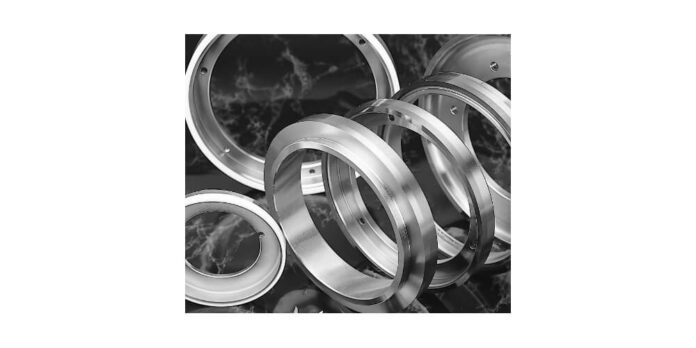There are different shearing processes that use slitter blades. Roll slitting is one of the profound and useful methods used in the roll slitting industry. It refers to a shearing operation that often cuts large materials into smaller rolls. Roll slitting is, therefore applicable in different manufacturing processes. That is why as a prospect user of the end-product of the processing method, you need to understand the phases of the process, the two main types, and the applications of roll slitting in different manufacturing sectors.
There are two major types of roll slitting
- Rewind slitting
- Log slitting
a. Rewind slitting
In rewind slitting, the material is often unwound from a roll via one or additional rollers prior to reaching the blades. After that, it is rewound on an empty recovery core to form a narrower roll. The strips can be referred to as mults.
b. Log slitting
When it comes to log slitting, the material is handled as a log. One or more slices will be taken from it, usually, without a re-reeling process. The machine used can, at times, be termed as a baloney slitter since it reminds most users of a cut slicing device at a prominent deli.
Over the past few years, log slitting has revolutionized. It is now known as lathe slitting. In many cases, a computer lathe offers quick, high-volume production.
Applications of Roll Slitting
a. Cutting soft materials
There are several methods for cutting soft materials such as adhesives and plastic films. But razor blades cut straight into many types of materials, but note, some blades will cut through the material straight into the hard roll. These devices are similar to knives.
The cutting blades can often be set to a certain width since some machines have multiple blades and can easily produce several rolls in one cutting session.
b. Hard materials
For harder materials, like sheet metal, a single blade would not suffice. Instead, a modified type of shearing is used.
Two strong cylindrical rolls that have matching ribs, as well as grooves, are then utilized in cutting a relatively large roll into narrow rolls.
The continuous process of production is economical. It is also precise as compared to other forms of cutting processes. But, the frequent occurrence of hard burrs is pronounced on slit edges.
Besides, the geometry of the rolls is determined by a set of tolerances other than the material type.
c. Industrial usage
In industrial sectors, roll slitting applies to converters where printing occurs. A converter company produces flexible material used in packaging food. This can involve buying a plastic film, then printing it to a client’s desired design.
The design will then be coated in rolls for enhanced efficiency.
Final Thoughts
Roll slitting supports different materials that can easily be reshaped via the processing method. Plastic and adhesive tapes can quickly be reshaped using this method.
And of course, this is a shearing operation that supports metals too. For metals, blades are not used with roll slitting. Rather, the method is performed on alloys via an alternative cutting method, which involves compressing a roller master in the cylinders.














